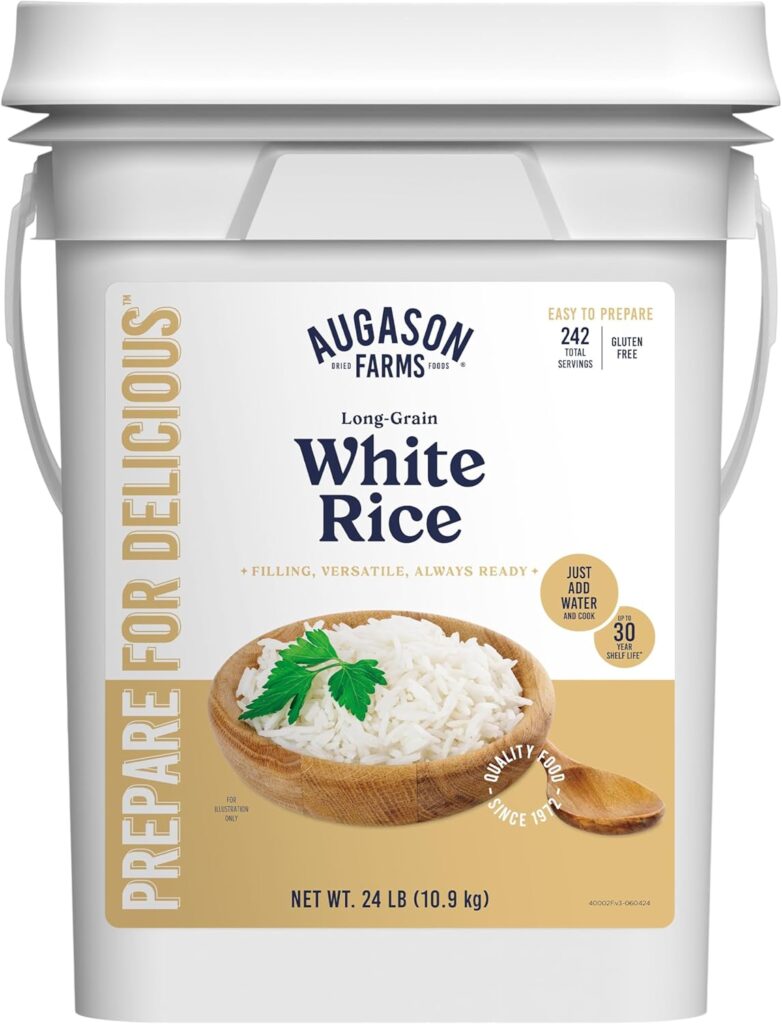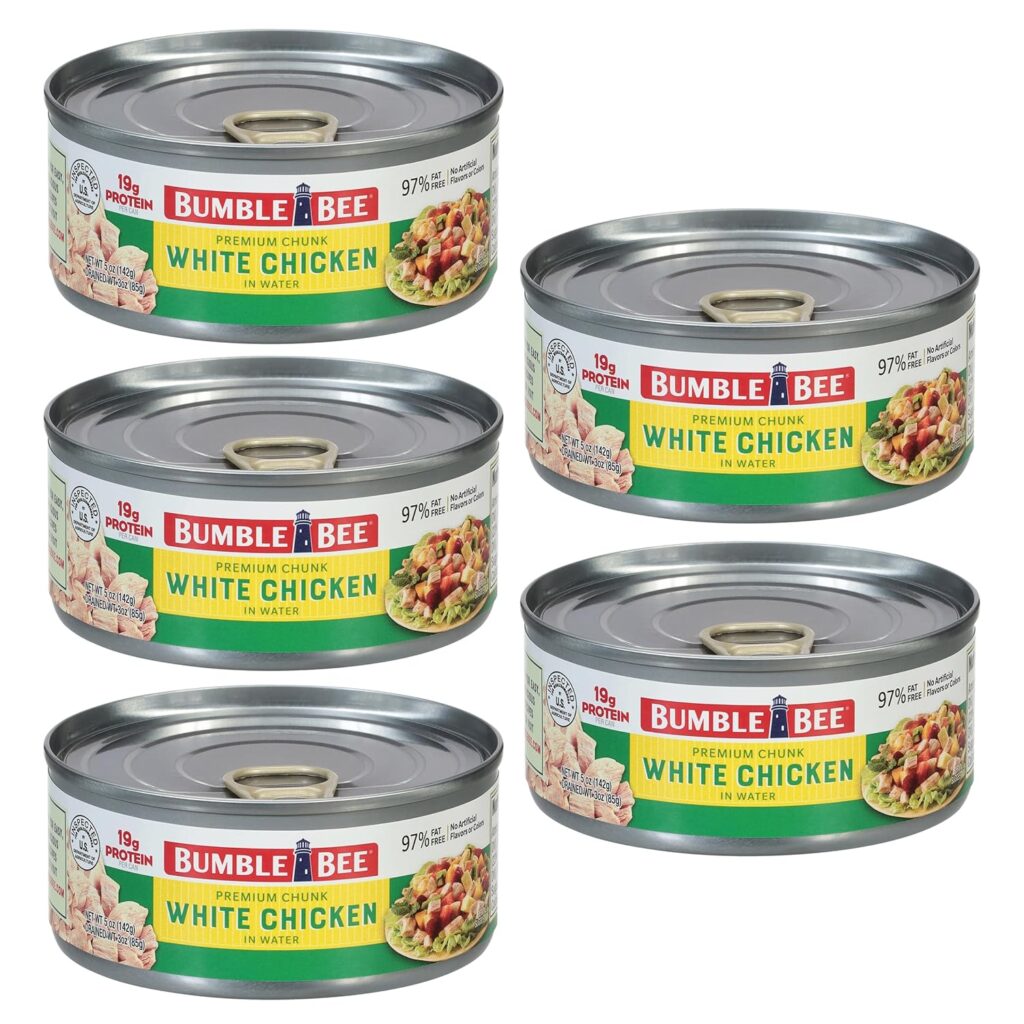When it comes to emergency preparedness, having a long-term food storage plan can be a lifesaver—literally. Whether it’s a natural disaster like a hurricane, a power outage, or a supply chain disruption, you want to be ready with shelf-stable foods that can sustain you and your loved ones. At Ecolivable.com, I’m focused on doing this the sustainable way, so I’ve curated a list of 20 items that are easy to store, have a long shelf life, and can be sourced with the planet in mind. These foods will keep you nourished during a crisis while minimizing waste and environmental impact. Let’s dive in!
Why Emergency Food Storage Matters for Sustainable Living
At Ecolivable.com, I’m passionate about reducing our environmental footprint, even in emergency preparedness. Stocking up on long-term food storage means you’re ready for a crisis without relying on last-minute, wasteful purchases. It cuts down on fuel use from frequent store runs, reduces food waste with shelf-stable items, and lets you buy in bulk to minimize packaging. Plus, many of these items can be sourced locally or organically, supporting sustainable agriculture. Being prepared doesn’t have to mean compromising your eco-friendly values—it’s about planning smart and living green, even in tough times.
The List: 20 Items to Stock Up On for Emergencies

Here’s my list of 20 items to kick start your long-term food storage plan for emergency preparedness. These foods are nutritious, have a long shelf life (up to 20-30 years if stored properly), and are versatile for a variety of meals. I’ve prioritized sustainability—think minimal packaging, low environmental impact, and options that don’t rely on overseas production when possible.
- White Rice – Lasts up to 20 years in a cool, dry place. It’s calorie-dense and filling, perfect for emergencies. Buy bulk organic rice to reduce packaging and support sustainable farming.
- Dried Beans (Pinto, Black, or Navy) – Beans last up to 30 years when sealed properly. They’re a protein powerhouse for soups or stews. Source locally grown varieties to cut down on shipping emissions.
- Rolled Oats – With a 10-20 year shelf life, oats are great for quick, no-cook meals in a crisis. Choose organic oats in bulk to minimize waste.
- Dried Pasta – Pasta lasts 10-15 years if kept dry. It’s a versatile, high-carb option for energy. Opt for brands with recyclable packaging.
- Honey – Honey lasts indefinitely and provides quick energy. It’s a sustainable sweetener—support local beekeepers to keep it eco-friendly.
- Salt – Salt has an indefinite shelf life and is essential for flavor and preserving food. Buy in bulk to avoid plastic packaging and support ethical producers.
- Sugar (White or Brown) – Sugar lasts indefinitely if kept dry. It’s a morale booster and energy source in emergencies. Choose fair-trade, organic sugar for sustainability.
- Dried Lentils – Lentils last up to 20 years and cook quickly, saving fuel in a crisis. They’re great for protein-packed meals. Buy in bulk to reduce waste.
- Powdered Milk (Non-Fat) – Lasts 15-20 years and provides calcium and protein. Use it for drinking or cooking. Look for organic options with minimal packaging.
- Canned Vegetables (Low-Sodium) – Canned veggies like corn or green beans last 3-5 years. They’re ready to eat in an emergency. Choose BPA-free cans and recycle them after use.
- Canned Fruits (In Juice) – Canned fruits like peaches or applesauce last 3-5 years. They’re a comforting, vitamin-rich option. Opt for fruits in juice, not syrup, in recyclable cans.
- Canned Fish (Tuna or Sardines) – Lasts 3-5 years and provides protein and omega-3s. Choose sustainably sourced fish in recyclable cans, checking for ethical fishing practices.
- Peanut Butter (Natural) – Natural peanut butter lasts 1-2 years and is a high-calorie, protein-rich food for emergencies. Buy in glass jars to reduce plastic waste.
- Dried Fruits (Raisins, Apples) – Dried fruits last 1-2 years (longer if vacuum-sealed) and provide quick energy. Source from local farms to minimize transport emissions.
- Nuts (Almonds, Peanuts) – Nuts last 1-2 years if sealed properly and are a calorie-dense snack. Buy from local growers to support small farms and reduce shipping.
- Dried Herbs and Spices – Herbs like garlic powder or oregano last 2-4 years and add flavor to emergency meals. Buy in bulk to avoid small plastic containers.
- Coconut Oil – Lasts up to 5 years and is a high-calorie cooking fat for emergencies. Choose organic, fair-trade options in glass jars for sustainability.
- Vinegar (White or Apple Cider) – Vinegar lasts indefinitely and can be used for cooking or disinfecting in a pinch. Buy in glass bottles from local producers if possible.
- Bouillon Cubes (Vegetable) – Lasts 2-3 years and adds flavor to emergency meals. Choose low-sodium, organic options with minimal packaging.
- Freeze-Dried Meals (Vegetarian) – Lasts 25-30 years and is lightweight for easy storage. Perfect for no-cook meals in a crisis. Look for vegetarian options from sustainable brands.

How to Store These Items Sustainably for Emergencies
For emergency preparedness, proper storage is key to ensure your food lasts. Keep items in a cool, dry, dark place (below 75°F) to maximize shelf life—think a basement or closet. Use airtight, reusable containers like glass jars or stainless steel canisters to avoid plastic waste and protect against pests. For long-term items like rice or beans, consider Mylar bags with oxygen absorbers, and recycle the bags after use. Label everything with the purchase date and use the “first in, first out” method to rotate your stock, ensuring nothing goes to waste during or after an emergency.
Why Emergency Preparedness Fits Sustainable Living
At Ecolivable.com, I believe emergency preparedness and sustainability go hand in hand. By choosing bulk, minimally processed foods, you’re reducing packaging waste and the carbon footprint of frequent shopping. Items like lentils, rice, and dried fruits have a lower environmental impact than processed foods, requiring less energy to produce. Sourcing locally or organically supports sustainable farming, ensuring we’re ready for a crisis without harming the planet. It’s about being prepared while staying true to our eco-friendly values.
Emergency Meal Ideas with Your Stockpile
In a crisis, you’ll want simple, no-fuss meals that don’t require much cooking to save fuel. Here are a few ideas using these items:
- No-Cook Snack: Mix peanut butter with dried fruits and nuts for a quick, high-calorie bite.
- Quick Meal: Soak rolled oats in powdered milk (reconstituted with water) and add honey for a filling breakfast.
- Hearty Dish: If you have a heat source, make a lentil and rice soup with dried lentils, white rice, bouillon cubes, and dried herbs for flavor.
Be Prepared the Sustainable Way with Ecolivable.com
Building a long-term food storage plan for emergency preparedness is a smart step toward self-reliance, and I’m here to help you do it sustainably. These 20 items are a solid foundation—nutritious, long-lasting, and aligned with eco-friendly values. At Ecolivable.com, I’m passionate about helping you live greener, even in a crisis. Swing by Ecolivable.com for more sustainable living tips, and let’s chat—what’s the first item you’re adding to your emergency pantry? Drop a comment below!



